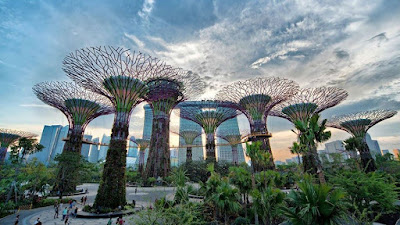Awareness about the environment and sustainability has reached the construction of our homes. What are those zero-energy buildings and Green Building in Malaysia, and what requirements must they have for us to consider them this way? What advantages do they have over dwellings built traditionally? Therefore, we explain very quickly everything you need to know about ecological building so that there is no confusion.
What can we consider an ecological house?
For us to qualify a project as ecological, it must meet several requirements. Besides providing the necessary comfort and security, Zero Energy Building Singapore must meet these below aspects:
• It must be respectful of the environment that surrounds it, causing minimal or zero impact on it.
• It must be built with renewable and sustainable materials.
• Make sure it makes minimum energy consumption, taking advantage of the orientation of the building, the place where it is built, and the insulating properties of the materials of the previous point.
• It must minimize its impact in terms of emissions and waste. It can be done by supplying renewable energy to the house.
• In its construction, it must follow the principles of the Circular Economy: reduce, recycle, redesign, and reuse.
However, a home doesn't need to generate its energy to be green, as long as its electricity comes from clean sources. If a building follows these guidelines, it can be considered the right Green Building Malaysia project.
The advantages of greenhouses
The reasons for choosing an ecological house are varied and vital –
The respect to the environment: Preserving the beauty and richness of what surrounds us should be our primary objective. Thus, we ensure the future of our children.
Energy-saving: Ecological houses are built to take full advantage of the surrounding conditions in terms of light and heat. That means a reduction in our electricity bill.
The long-term benefit: With ecological houses, you save on the energy bill and also save on repairs and conservation. Wood and brick are the two main ones used in the construction of ecological houses.
The improvement of our well-being and our health
Much of our vitality and staying healthy has to do with where and how we live. Better use of sunlight, integration with a more beneficial and less polluted environment, the importance of natural materials and plants in ecological houses are the elements that make us live longer and live better.










